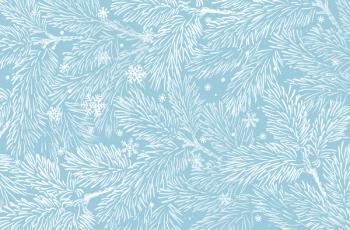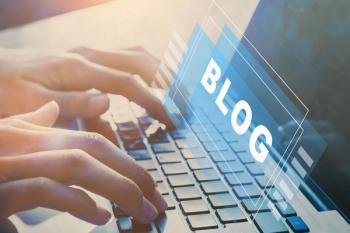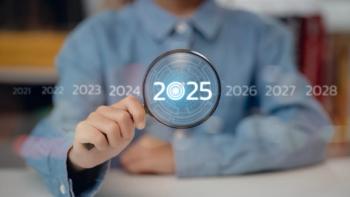
Revising Chemistry Education: Teaching Spectroscopy at the High School Level
This study explores the development of spectroscopic instruments and how spectroscopy can be taught in the classroom.
From food analysis to space exploration to cultural heritage, spectroscopy has played a crucial role in propelling these fields into the future. This progress stems from the success that spectroscopists and scientists have had in developing spectroscopic instruments and the advancements that they have made over the years.
In a recent paper, Valentina Domenici from the Università di Pisa, Italy, and her team examined the historical development of spectroscopic instruments and how spectroscopy can be taught at the high school level. Their analysis was published in Foundations of Chemistry (1).
Spectroscopy, straddling the disciplines of chemistry and physics, plays a crucial role in analytical chemistry. Domenici's study begins by examining how spectroscopy is traditionally taught, utilizing the well-known Johnstone’s triangle of chemistry education, before then transitioning into an exploration of spectroscopic instrumentation and how it has evolved over the years.
Johnstone’s triangle, coined by Alex Johnstone, suggests that there are three levels of chemical knowledge: macroscopic/phenomenological, sub-microscopic/molecular, and symbolic (1,2). These levels serve as the foundation for evaluating current educational practices (1).
According to the study, the macroscopic level, which deals with observable phenomena, is the most effective for introducing high school students to spectroscopy (1). This approach aligns with Johnstone’s recommendations and ensures that students can grasp the fundamental concepts before delving into the more abstract sub-microscopic and symbolic levels (1). By focusing on real-world applications and observable outcomes, educators can make spectroscopy more accessible and engaging for those just starting to be introduced to spectroscopy (1).
The second part of Domenici’s paper proposes a didactic sequence inspired by the historical evolution of spectroscopic instruments. This sequence traces the development of spectroscopy from the first spectroscopes invented by Gustav Kirchhoff and Robert Bunsen in 1860 to the widespread use of UV–vis spectrophotometers in the 1960s (1).
For each historical milestone, Domenici suggests a corresponding didactic activity, typically an experiment, designed to emphasize the relevant aspects from a chemistry education perspective (1). These activities not only bring historical context to the classroom, but it also helps provide hands-on experiences that reinforce theoretical concepts. By combining historical insights with laboratory activities, educators can create a more dynamic and immersive learning environment (1).
Domenici connects both parts of the paper by presenting an overarching theme in both segments. By using an historical approach and integrating it with a laboratorial approach, the teaching of spectroscopy can be improved and engage younger generations. Domenici argues that historical instruments and their technological advancements offer valuable lessons for modern education (1). By reflecting on the evolution of these tools and their impact on scientific discovery, students can develop a deeper understanding of spectroscopy and its applications (1).
An exploration of UV-vis spectroscopy was also detailed in the paper, applying it to Johnstone’s triangle as an example. In this modified triangle, Domenici integrated historical context, practical experiments, and theoretical knowledge. UV-vis spectroscopy is one of the toughest advanced spectroscopic techniques to teach students, so the hope is that by adapting Johnstone’s model to the specific challenges of spectroscopy education, this topic can be taught more easily for new students to grasp (1).
Johnstone’s triangle offers a framework for scientific education. Domenici and her team adopted this historical and experimental approach to offer a pathway for instructors to improve their teaching methods. By bridging the gap between historical instruments and modern pedagogical techniques, the paper offers a new paradigm for teaching this essential scientific topic (1).
References
(1) Carpentieri, M. A.; Domenici, V. Introducing UV–Visible Spectroscopy at High School Level Following the Historical Evolution of Spectroscopic Instruments: A Proposal for Chemistry Teachers. Found. Chem. 2024, 26, 115–139. DOI:
(2) Hofgartner, R. Develop Deeper Understanding With Models. Royal Society of Chemistry. Available at:
Newsletter
Get essential updates on the latest spectroscopy technologies, regulatory standards, and best practices—subscribe today to Spectroscopy.




